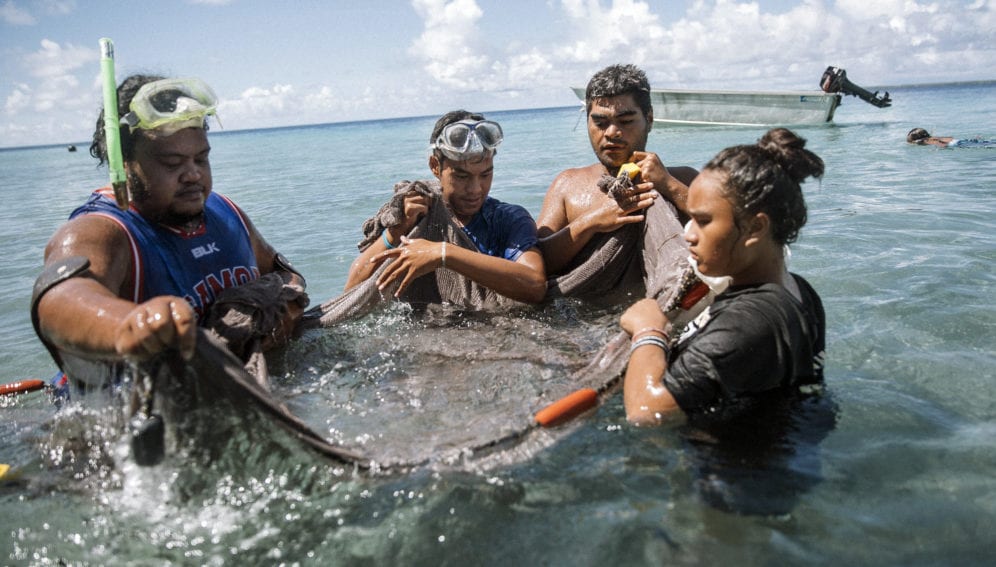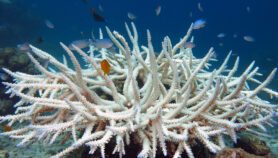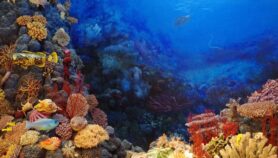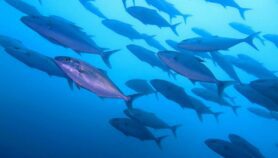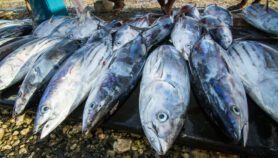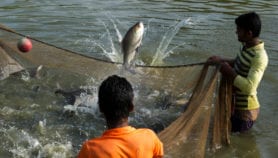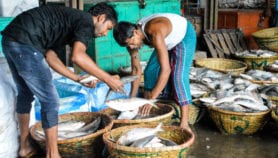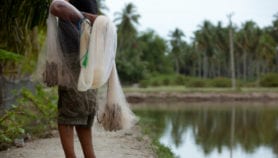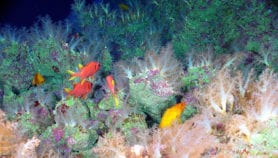By: Magali Reinert
Send to a friend
The details you provide on this page will not be used to send unsolicited email, and will not be sold to a 3rd party. See privacy policy.
[NOUMÉA] With the launch of mobile fisheries application Tails in Cook Islands this month, the self-governing group of islands in the South Pacific has been added to the network of Pacific island countries that record small-scale catches to manage coastal fish resources.
Developed by the New Caledonia-based Pacific Community, the app allows fisheries officers to use mobile phones or tablets to collect data from small fishermen, including boat type, catch size and species, even when there is no Internet connection.
“Once connected, data are automatically synced,” says Bruno Deprez, fisheries analyst developer at the Pacific Community and the developer of Tails.
“The advantage we have with Tails is near real-time access to data. This allows us to resolve problems with data collection."
Philip James, Pacific Community
“The advantage we have with Tails is near real-time access to data," says Philip James, fisheries economist at the Pacific Community. “This allows us to resolve problems with data collection at source quickly and efficiently, leading to higher quality data.”
E-reporting is time-saving, especially in widely spread archipelagos like the Cook Islands where peripheral islands may be as far away as 1,500 kilometres from the main island of Rarotonga. Sending data over such distances on paper may take weeks.
First experimented in Tokelau in 2016, Tails is now used by six Pacific countries (Cook Islands, Fiji, Niue, Samoa, Tokelau and Vanuatu). So far, 150 officers have been trained to use the app and recognise the 563 species of fish available on the Tails database. The 563 species include marine species other than fish such as molluscs, squids and crabs. However, if the species to be entered is not within the 563 species of fish available on the database, then they record it as others.
While data collection on fisheries has surged, it is yet to be put to significant use. “We remain in the early stages of this technology and as such cannot draw conclusions on fish stocks, currently,” James tells SciDev.Net.
However, he believes that Tails will help “identify where further scientific work would be of most benefit, or where management intervention may be required”.
With increasing pressure on fish stocks, Tails is also expected to be useful in meeting reporting obligations to the Western and Central Pacific Fisheries Commission — established to conserve and manage highly migratory fish stocks under the 1995 UN Fish Stocks Agreement.
This piece was produced by SciDev.Net’s Asia & Pacific desk.


